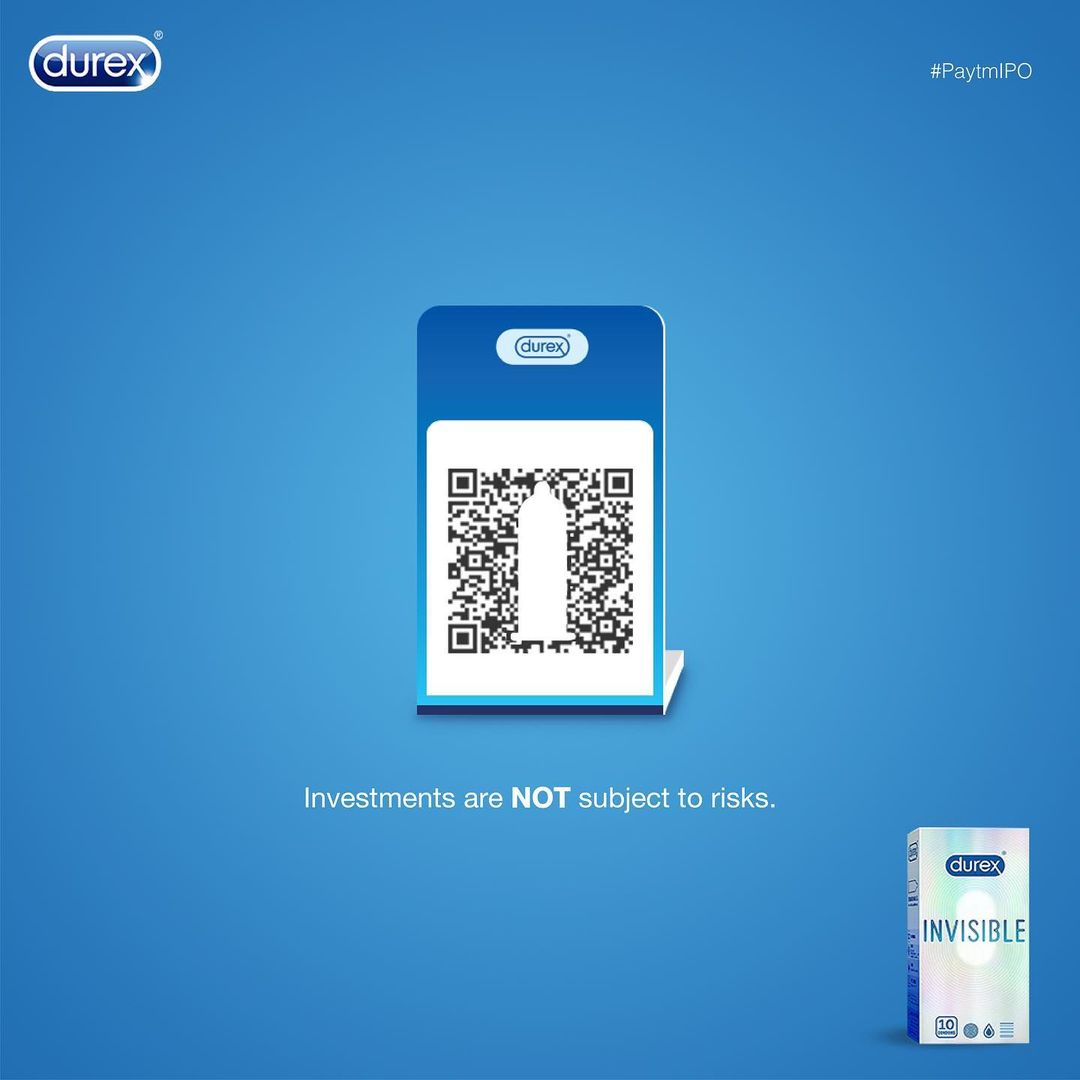Blockchain Advertising and Marketing

Back in the day, advertisers didn’t have access to sophisticated channels and tons of user-data. Market research, even for the most successful ads, happened in the physical world. Thus, it’d be insane to deny the privileges that modern-day advertisers enjoy. Nevertheless, the advertisement systems of today are far from perfect. The flaws herein are so rampant that the digital advertising ecosystem stands to lose a whopping $19 billion in ad fraud.
False traction from artificial bots and malicious agents using domain spoofing is a massive problem. But, that isn’t where the story ends. The heavily centralised nature of the advertising world is a big blow to transparency across stakeholders. That’s because this centralisation extends beyond ad publishers like Facebook and Google. Advertisers themselves have to go through gatekeepers (ad agencies) to establish links with customers. The final nail in the coffin comes from tracking cookies and other intrusive marketing practices that threaten consumer data privacy. All in all, the advertising world is riddled with problems that affect advertisers, publishers, and consumers.
About Blockchain-based advertising systems
When blockchain technology first entered the scene, it was hailed as a one-stop solution for transparency woes in every arena. The finance-centric applications of the technology were dubbed as a liberating force unlike any other. Terms like ‘decentralised control’ were thrown around like confetti. However, it has been a long time since 2018, and Blockchain tech has now assumed a more grounded position. Currently, blockchain-based advertising systems are at the forefront of innovation in the Adtech sector.
How do they work
The blockchain ledger stores data after putting it through several security checks. Moreover, data once stored is immutable and time-stamped. This inherent nature of blockchain-based advertising systems solves most of the problems detailed above. Since accessing data on the blockchain network doesn’t require intermediaries, the system fosters decentralisation of publishing capital. Moreover, the immutable nature of data stored on a blockchain increases transparency on all levels, thereby inviting consumer trust. Cryptographically encrypted verification systems arm advertisers against inaccurate traction data, rendering domain spoofers and other fraudulent agents powerless.
How they benefit companies and brands
Businesses stand a lot to gain by investing in blockchain-centric advertising solutions. With the help of an ecosystem that prides itself on transparency and data-immutability, the advertising world can finally erect a firm stance against the financial implications of industry-wide ad fraud. Moreover, using blockchain will also invite consumer-trust at scale. Walmart has already partnered with IBM to bring transparency to its operations. This blockchain-based intervention gives consumers the power to track their purchases throughout the supply chain.
Apart from IBM, other players have also started pioneering the blockchain advertising landscape. From native blockchain advertising platforms like QChain, AdHive, and AdEx to consumer-centric initiatives like BitClave, innovation in this sector has already skyrocketed.
Final Thoughts
It is undeniable that Blockchain Advertising offers some ground-breaking promises. But, the technology is still in its early stages.
Gartner’s 2019 Hype Cycle for Blockchain Business affirms that it would take another 5-10 years for blockchain advertising systems to reach their prime. Even though Campaigns of the World® agrees with this projection, we’re beyond excited to see how the future unfolds.





